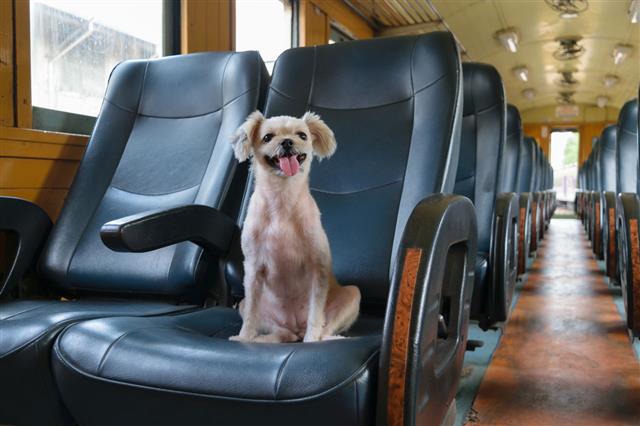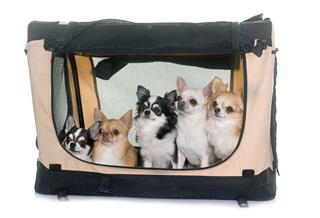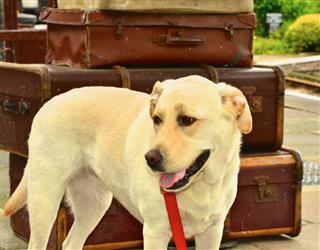
Teaching a pup to house break is a difficult and a time-consuming task, especially when the owner is away from home all day. In this case, the owner needs to keep calm and must find sufficient time to train his pup, so that he can step out of the house without any worries. The following article can guide you about crate training your puppy in between your busy schedule.
House training is an extremely important step when you bring a pup home. Their training must be started to prevent your house from getting dirty all the time. A pup usually wants to relieve itself around 15 – 20 minutes after consuming its meal. Therefore, the owner must be attentive and should be around the pup to notice the signs when it wants to do its business.
The owner must understand the pup and allow it to adapt to its new environment first. Dogs do not think before pooping. If they find the place comfortable to relieve themselves, then they won’t hesitate to make a mess. It is the owner who has to take the first few weeks to teach and know house train a puppy.
Many owners use different methods to induce housebreaking methods in their pup. However, before starting any kind of training, it is important to make the pup realize what its master expects from it. The owner must show immediate disapproval, if the pup poops in an unwanted area of the house. This makes the pup understand that its act is bad and will not be accepted the next time. Therefore, the right method must be chosen to house train the pup, and must be handled well.
House Training a Pup
Twelve weeks is the right time to start house training of your pup. Till the pup becomes 3 months or 12 weeks old, it would want to poop after its every meal. Though the pup takes time to train itself, the owner must always watch out for the defecating signs of its pup. Take the following tutorial to get tips about house training your puppy.
- Using the crate or selecting a specific area for the pup to defecate is the right way to start training. Some choose a crate as they are easier to clean, and can be carried and kept in any corner of the house. If the pup is confined to the crate for a long time, and not let loose even once in a day, its behavior might turn aggressive, and it might start avoiding getting into the crate the next time. Pups usually begin to sniff or go around when they want to do their business. The owner must understand these signs and place the pup in the poop area. During your busy day, it is not possible to observe these signs and escort the pup when it wants to relieve itself. Therefore, confine it to an enclosure till the time you are out of the house. Once you are back, it is important to let the pup loose, and praise and pat your puppy. Working out all day can limit your time that you spend with your pup. Hence, try to be around the pup when you come back home.
- Before you leave the house for work, take your pup for a walk, and when you return after you feed him, take him out again.
- There are puppy training pads that have the odor that makes the pup defecate on the pad. With these pads, you can start an early training for your pup.
- In case you have a big house or have a balcony, set up doggy doors to separate the defecating place for your pup. When the pup wants to do its business, lead him to the place and keep the door closed till it is finished. This will train your pup to automatically go the appropriate place and defecate even in your absence.
- If your pup happen to suffer from poop accidents, do not be angry and shout at it, as the pup takes time to gain control over its bowel and bladder. Continue to take it to the desired place, in times of accidents. Gradually, the pup will understand what its master expects from him.
It is necessary that the owner at the beginning gives adequate time for training to make the pup independent. Inducing some discipline is never an easy job. Patience and innovative training methods can speed up the process of training for your little dog.














